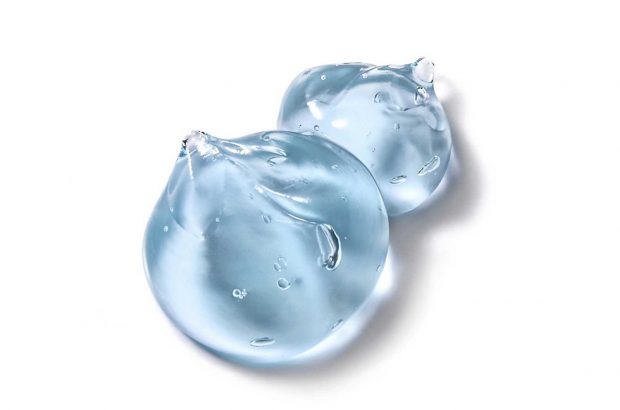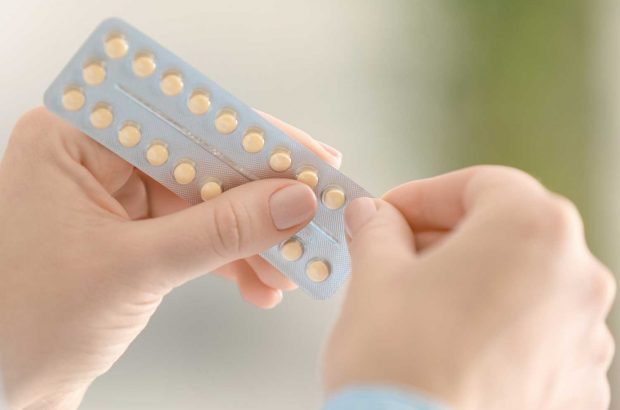
Sun Damage and Skin Aging
We all enjoy the sun (even dermatologists), but you can have too much of a good thing. Sunlight and the associated warmth (technically called infrared radiation) makes most people feel good. This infrared radiation is safe sunllight also contains ultraviolet radiation. Ultraviolet (UV) radiation is invisble, doesn’t feel warm and can cause unpleasant or dangerous effects on the skin: A little UV light is helpful to make vitamin D, but overdoing it causes acute radiation injury to skin (sunburn), damages the DNA of our skin cells (leading in some cases to skin cancer), increases the breakdown of collagen, the main supporting protein of our skin leading to wrinkles and photo-aging, causes skin pigmentation and freckling (compare the inside and outside of your forearm now for a demonstration), and can cause the development of permanent blood vessels on the cheeks.
Our ancestors would have told us that if you want to turn fresh healthy animal skin into tough brown leather, leave it out in the sun!
How can Dermatologists Help Prevent and Treat Sun Damaged and Aged Skin?
Dermatologists are used to assessing skin for signs of sun damage and are able to prescribe and undertake corrective treatments. This includes recommendation of broad spectrum sun protection (sun block), use of topical retinoids (vitamin-A like preparations) to reduce and reverse signs of photo-aging, prescription of topical azelaic acid and hydroquinone to remove surface pigmentation, trichloracetic acid skin peels to even skin tone and reduce solar lentigos and freckles, and use of intense pulsed light and laser treatments for facial redness and blood vessels. Dermatologists are also very used to assessing moles for signs of skin cancer and explaining the danger signs, self-surveillance techniques, which are helpful to pick up skin cancers early.






